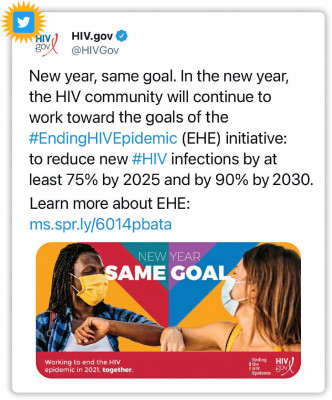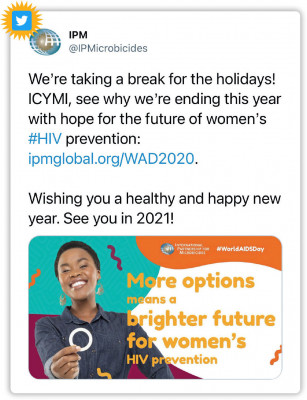COVID-19 emerged amid extreme political division, civil unrest, natural disasters and the ongoing HIV epidemic, exposing just how unprepared the United States was for such a public health crisis and making the year 2020 one for the history books.
Initially, misinformation and hopelessness spread as quickly as COVID-19 took the lives of the most vulnerable among us, including many people with HIV. But despite an inadequate federal response, hope arose in the form of scientists such as Anthony Fauci, MD, a veteran of the battle against HIV, who reassured us with fact-based guidance on how to protect ourselves through simple changes in behavior. Hope also came via the AIDS organizations that adapted to offer COVID-19 education, distribute masks and hand sanitizer and coordinate food pickup or delivery services while continuing to provide HIV counseling, testing and treatment. And finally, hope arrived by way of the two vaccines now available in the United States that protect against the coronavirus. In other words, hope has enabled us to imagine an end to COVID-19.
Before COVID-19, HIV was arguably one of the worst public health threats in the United States. It is a testament to the resilience of the HIV community that despite the novel coronavirus, efforts to end HIV continue. For example, scientists are developing new prevention methods, such as microbicidal vaginal rings and long-acting injectables, while advocates work to promote testing and increase the uptake of pre-exposure prophylaxis (PrEP) to stop the spread of HIV. The resilience of these HIV scientists and advocates, who are now backed by the Biden-Harris administration, gives us hope that in 2021, we will close in on the goal of ending HIV.














Comments
Comments